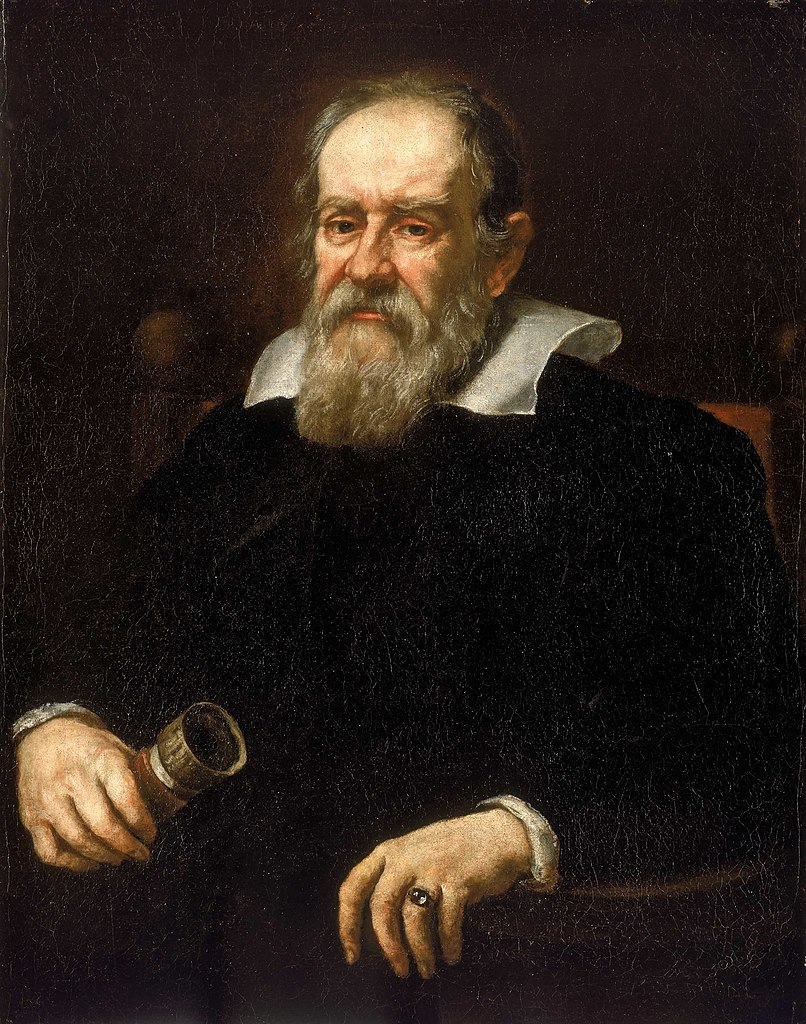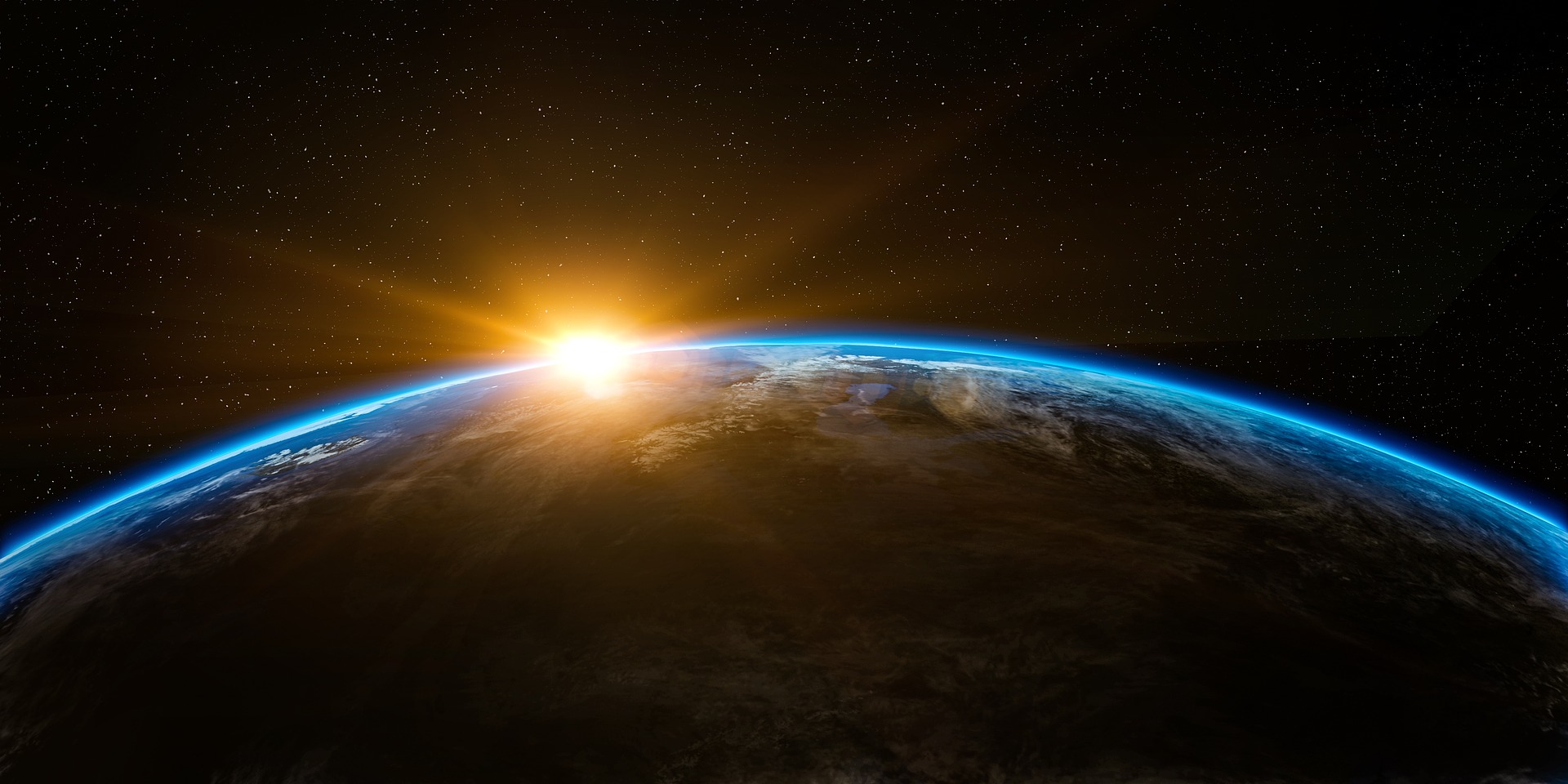 ince antiquity, humans have asked questions about the Earth and its motion. What is the shape of the Earth? Does it rotate? If so, how fast? In this article, we will explore how our understanding of the rotation of our planet has evolved over time. We will learn about Galileo’s discoveries that revealed the true nature of the Earth’s rotation, what role the Coriolis Effect plays in understanding it, and how modern technology has been used to measure its speed. Finally, we will discuss what implications this knowledge has for life on Earth. Our journey starts with a look at ancient observations of our planet’s motion.
ince antiquity, humans have asked questions about the Earth and its motion. What is the shape of the Earth? Does it rotate? If so, how fast? In this article, we will explore how our understanding of the rotation of our planet has evolved over time. We will learn about Galileo’s discoveries that revealed the true nature of the Earth’s rotation, what role the Coriolis Effect plays in understanding it, and how modern technology has been used to measure its speed. Finally, we will discuss what implications this knowledge has for life on Earth. Our journey starts with a look at ancient observations of our planet’s motion.
Historical Context
The history of our understanding of the Earth’s rotation starts with the ancient Greeks. Around 350 BC, the Greek philosopher Aristotle proposed a geocentric model of the universe, in which all objects revolved around the Earth. This idea remained largely unchanged for centuries until Nicolaus Copernicus resurrected it in the early 1500s. He proposed a heliocentric model of the universe, in which all objects revolve around the sun. This theory was further developed by Johannes Kepler in the late 1500s, who determined that planets moved in elliptical orbits around the sun and formulated three laws to explain this motion.

Galileo Galilei contributed significantly to our understanding of heliocentrism by using telescopes to observe evidence that supported this model of the universe. His observations included four moons orbiting Jupiter and phases of Venus. These discoveries provided strong evidence for a heliocentric universe and disproved Aristotle’s geocentric theory.
Finally, Isaac Newton developed his universal law of gravitation to explain how planets move in a heliocentric system and how these planets exert forces on each other due to gravity. Newton’s work enabled us to understand why there is an orbit between different celestial bodies such as planets and their satellites. With this knowledge, we can better understand why our planet rotates at its current speed – something that Galileo had not been able to fully explain yet.
Galileo’s Discoveries

The discoveries of Galileo Galilei had a profound effect on the way we understand the universe. His revolutionary observations, made with a telescope he built himself, overturned centuries-old theories about the movement of celestial bodies and provided observational evidence that challenged accepted wisdom.
Specifically, Galileo was able to observe and map out the four largest moons of Jupiter – Io, Europa, Ganymede and Callisto – which contradicted Aristotle’s ideas that had stood unchallenged for over 1,000 years. Additionally, his observations of Venus’ phases revealed that it orbited around the Sun rather than Earth; further proof in support of heliocentrism.
Galileo’s most impactful discovery may have been his measurement of the period of oscillation of a pendulum which allowed him to calculate Earth’s rotation period accurately. This insight enabled physicists to study complex motions in nature and led to an understanding that our planet rotates at a predictable rate.
It is clear why Galileo is considered one of the most important scientists in history – his contributions changed our perceptions and interpretations of the universe forever!
The Coriolis Effect
The Coriolis effect is a phenomenon caused by the Earth’s rotation and its effects on the environment. It occurs when an object or force moves in a straight line, but appears to have curved path due to the Earth’s rotation. This effect is named after French mathematician Gaspard-Gustave de Coriolis who first described it in 1835.

One of the most noticeable effects of the Coriolis force is how it affects global weather patterns and ocean currents. The air masses in our atmosphere move from high pressure areas to low pressure areas, but because of the Coriolis effect, they seem to veer off course and follow curved paths instead. This means that storms can take unexpected turns and cause unpredictable weather patterns.
The Coriolis effect also influences ocean currents which are affected by wind movement across large bodies of water as well as temperatures at different depths of the ocean. Oceanographers use this information to measure changes in sea level, track marine life migration patterns, or detect potential tsunamis before they happen.
In addition to its influence on global weather patterns and ocean currents, the Coriolis effect plays an important role in climate change. As air masses move around our planet, they can either bring warm air towards colder regions or send cold air towards warmer regions, resulting in drastic changes in temperature that can have long-term consequences for our environment.
Finally, modern technology such as GPS systems and satellites are used to measure the Earth’s rotation speed which helps us better understand and predict climate change trends more accurately than ever before. This data can then be used to plan for future climate events or develop new strategies for mitigating their impacts on society such as renewable energy sources or adapting agricultural practices for changing climates.
Modern Technology Measurement
Modern technology has revolutionized the way we measure the Earth’s rotation speed. Thanks to advances in measuring devices, we now have the ability to measure the rotational speed of our planet with great accuracy and precision.
The Doppler effect of electromagnetic radiation is one of the most accurate methods used to measure the Earth’s rotation rate. This involves analyzing how a wavefront of light or radio waves changes as it passes by a moving object. By tracking this phenomenon, scientists can calculate the exact speed at which an object is rotating.
Gravitational wave detectors are another important tool used for measuring rotational speed. These instruments detect tiny ripples in space-time that are caused by massive objects such as black holes and neutron stars that rotate rapidly around each other. By analyzing these ripples, scientists can accurately determine how fast an object is spinning.
The Global Positioning System (GPS) also plays an important role in measuring rotation speed. GPS satellites orbit around Earth and use their signals to accurately measure time differences between various locations on the planet’s surface. By doing so, they can measure how quickly Earth is rotating relative to its own axis of motion in space-time.
Gyroscopes are another useful device for measuring rotational speeds on Earth. A gyroscope consists of a rotor mounted inside a frame so that it can spin freely about one axis while remaining relatively stable along two others axes; this makes them ideal for measuring angular velocity and orientation in three dimensions with great accuracy and precision.
These measurements help us gain a better understanding of life on Earth and its dependence upon our planet’s rotation rate; faster rates mean more sunlight, higher temperatures, and different climates across different regions at different times of year — all essential elements for sustaining life as we know it today!
Implications For Life On Earth
The Earth’s rotation has far-reaching implications for our planet and the life that inhabits it. The day and night cycle, which is caused by the Earth’s rotation, affects plants and animals alike. For example, many animals are active during the day when there is more light, while some animals like bats are nocturnal and sleep during the day. Plants also respond to this cycle as they open their leaves or flowers during the day and close them at night.
Gravitational forces caused by the Earth’s rotation also have a significant impact on satellites in orbit around our planet. These satellites are essential for communication and navigation, helping us stay connected with one another around the world. Additionally, these gravitational forces play a role in determining which spacecraft will be used in space missions; certain orbits may require more energy to reach due to their higher gravity pull.
The Earth’s magnetism is also an important factor when it comes to protecting us from harmful solar radiation. The magnetosphere created by our planet blocks out much of this radiation from reaching us on earth, providing us with protection from its damaging effects. This magnetic field also helps birds with their long-distance migrations as they rely on it for navigation purposes.
Overall, understanding how the Earth’s rotation impacts life on our planet is essential for understanding both our current environment as well as predicting future climate changes. By leveraging new technologies such as GPS systems and satellites, we can accurately measure and monitor the rate of our planet’s rotation – allowing us to better understand how its motion impacts both weather patterns and the lives of those who inhabit it.
Avid Writer with invaluable knowledge of Humanity!
Upcoming historian with over 30 million views online.
“You make your own life.”





